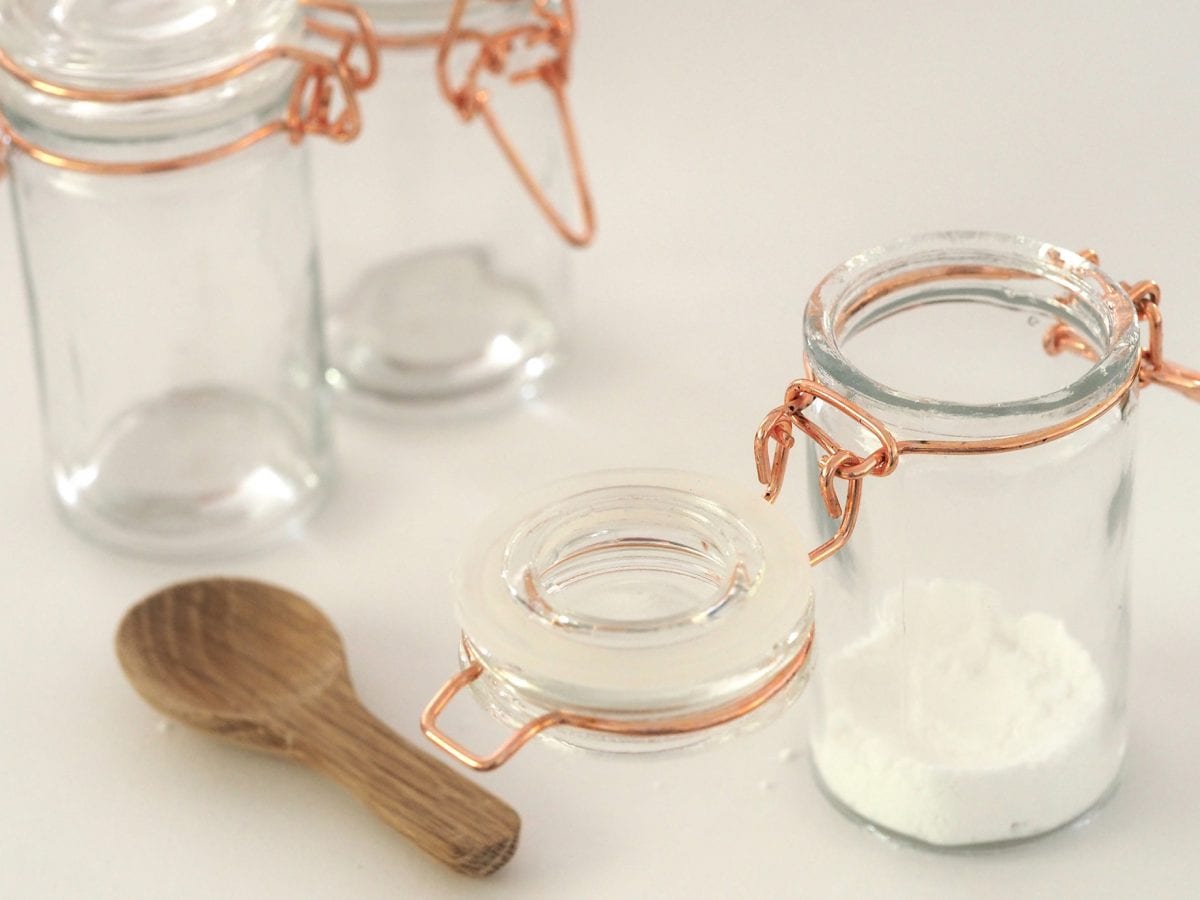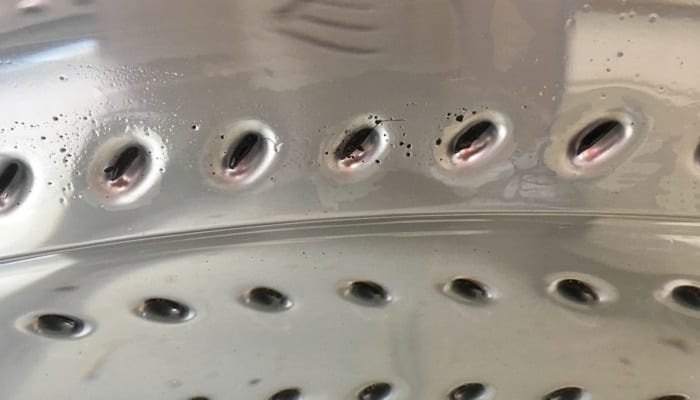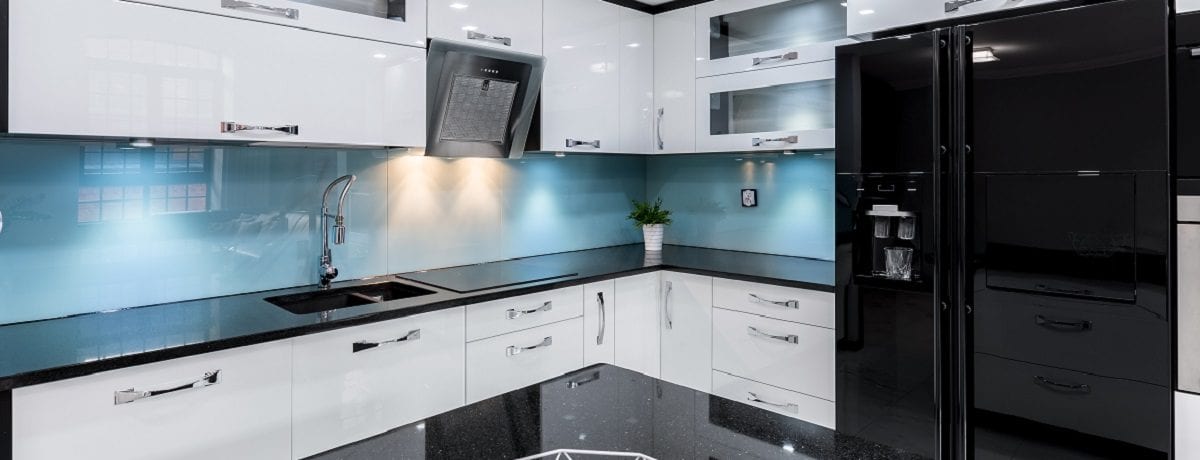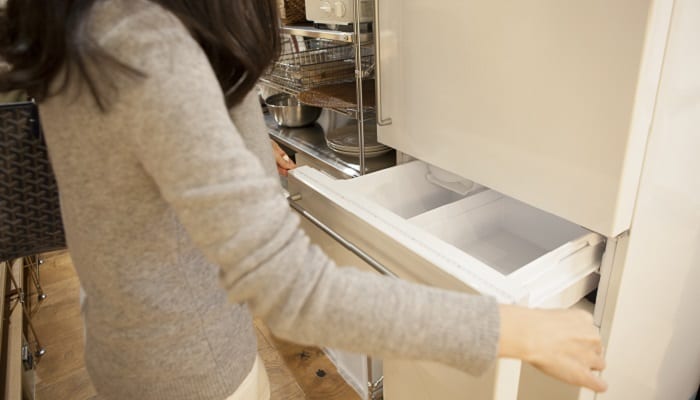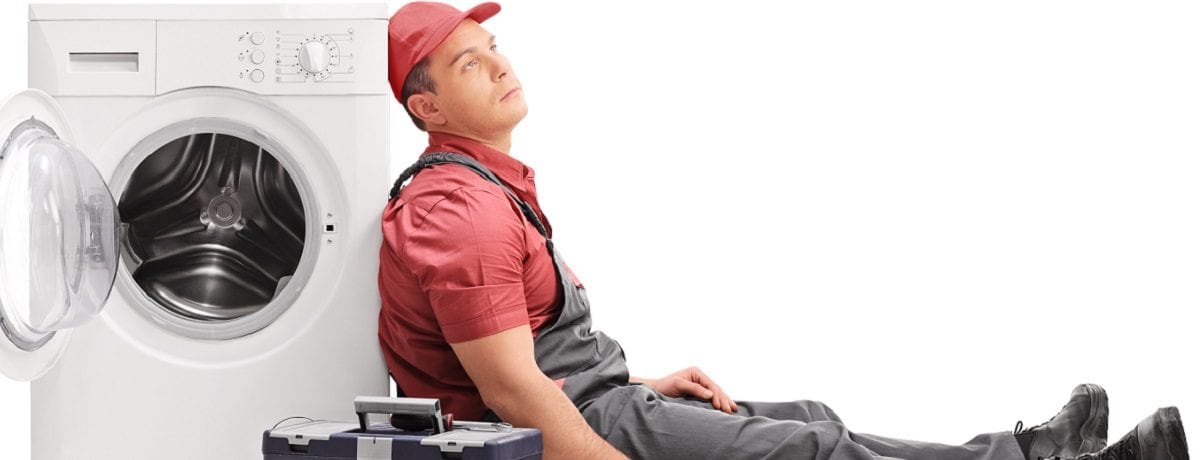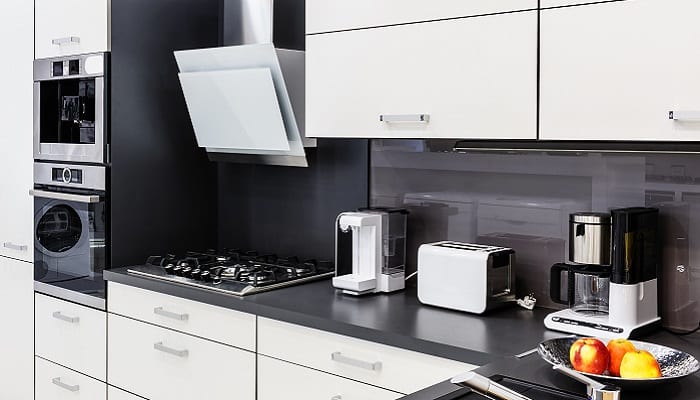As one of the hardest working items inside a home, a fridge is often taken for granted. Regardless of the season, or the time of day, it is never given a break and expected to work succinctly.
Fridges house a lot of goods over their time. From fresh produce to leftovers, food in jars, bottles, takeaway containers, plastic, glass, cardboard and paper – you find all this inside. It is no big surprise that fridges can get a little messy from time to time.
When your fridge looks more packed than a container cargo ship, you waste time finding what you need and open an invitation for some premature fridge repairs.
It is important to keep clear space around items so they remain cool, avoid hot and cold spots, and spoilage of food. The inside should be free of spills which promote odour and the forming of mould.
So here is how to stay on top of hunger pangs by keeping your fridge sparkly clean and in good order.
Tips for organising your fridge
1. Basket haven
Store your items in baskets to keep them in place.
- Loose items like fruit and vegetables that do not fit in the crisper are perfect for putting in baskets.
- Putting spreads in one basket, cooking sauces in another, etc., makes them easy to find.
- Plastic baskets are the best as they are easy to clean.
- Baskets can slide in and out with ease too.
2. Labels
To make items easy to find label the front of your baskets with their contents. Labels can be as basic as fruit or jams and spreads, or you can go all out and include headings with all of the contents.
3. Keep meats and seafood at the bottom
This is a good rule to remember. Meat and seafood have a tendency to drip or spill over whatever they are placed on. Keeping them on the bottom shelf prevents this dripping onto everything on the way down.
4. Mason jars for salad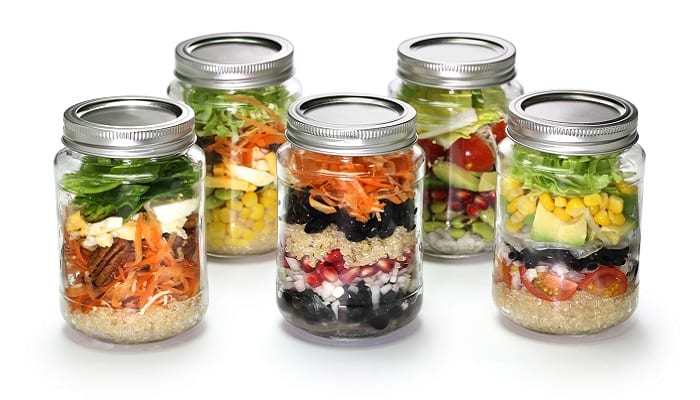
Pre-made salads will stay fresher stored in glass (they can last for up to 4 days). Use mason jars for salads – the bonus is you see them so are more likely to eat them!
An organised freezer tip
Freezers fill up just as quick as a fridge and as one of our favourite freezer storage hacks, we couldn’t help but share this one. Use plastic magazine files to create extra shelving in your freezer. Turn them on their side for an instant shelf, just like this one we found at Kmart.
Tips for keeping your fridge clean
1. Line your shelves
Use plastic placemats to line your shelves. When there is a spill, simply take out the mat, wipe it over and put it back – simple!
2. Stop the smell
Uncovered foods, particularly seafood, will leave an odour in your fridge. Just put some bicarbonate soda into an open container and let it sit in your fridge to absorb the smell.
3. Make a cleaning routine
Change cleaning from a chore into a routine. Choose a day of the week as your fridge clean day. Remove your baskets and contents in the fridge and give it a quick wipe over. Cleaning is basic when you keep your fridge well-maintained.
For an inexpensive homemade cleaner, give this mixture a go:
- ½ cup white vinegar
- 1 cup water
- 3 to 5 drops of essential oil (lemon or peppermint are great as they both contain antibacterial properties)
Simply add the ingredients into a spray bottle, give it a shake and off you go.
General housekeeping rules for fridges
Here are a few basic tips to help with your fridge maintenance and food longevity:
- Set the temperature to 5 degrees celsius or below. Warmer temperatures promote bacteria growth.
- Don’t mix fruits, vegetables and meat in the same crisper or container. Cross-contamination leads to food spoilage and wasted dollars.
- The temperature on fridge doors can fluctuate. Keep milk, dairy and other easily perishable items in the main section.
- Keep a waterproof felt pen handy to write the date you opened any jars, or the date they will expire after opening, so you know when to discard the unused contents.
- Check your fridge weekly for items that are out of date and discard them. Remember to add them to your shopping list. There is no use hoarding goods inside your fridge.
Follow these tips and you will have a fridge more clean and organised than Taylor Swift on tour.
Could your fridge do with a check-up or repair? Just contract an Airtasker to help.


